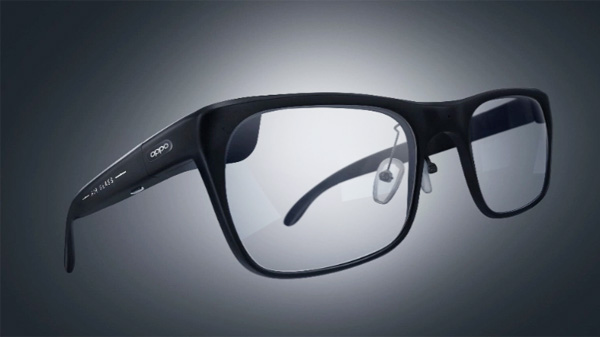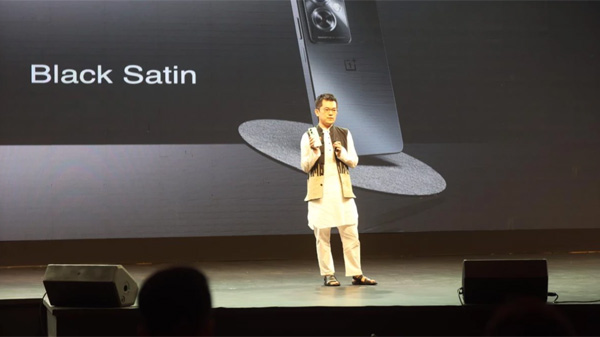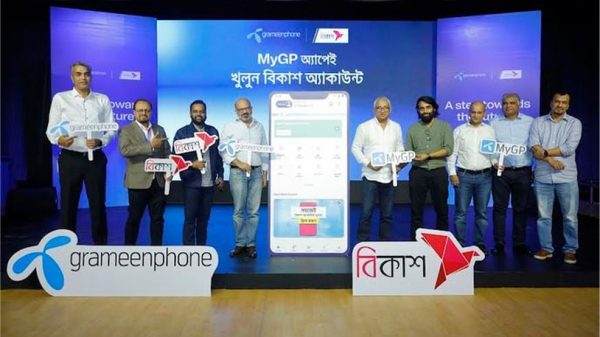OPPO Air Glass 3: What’s Special About It

- Update Time : Sunday, 10 March, 2024, 01:26 pm
- 65 Time View

Online Desk: The world has already been familiar with the idea of smart glasses and their capacity to integrate with new technologies. A handful of powerful modern innovations like motion sensors, voice control, VR, and 3D visuals have marvelled the world, merging with and powering beyond the usual capacity of wearable glasses. Google Glass from Google and Vision Pro from Apple have been two pioneering instances. However, with the invention of the OPPO Air Glass 3, the prominent smartphone manufacturing company OPPO has demonstrated the potentiality of Smart Glasses to go.
Invention and Innovation of Air Glass 3
Oppo has been working on innovative glass technology for a while now. They first introduced a concept called Air Glass with a special design resembling cicada wings and a small projector in 2021. Later, they revealed Air Glass 2 at a conference in 2023. Now, at continuing Mobile World Congress 2024, they are showcasing the latest version of their evolving ideas with Air Glass 3.
Oppo’s Air Glass 3 functions are based on AndesGPT, a large generative AI language model, which was also manufactured by Oppo and announced recently. AndesGPT has been claimed to use 7 billion parameters, making it more powerful than many other Ai models currently available. Claimigly, Oppo’s AI Model will have features like swapped attention and addressability for first-word reasoning problems. AndesGPT can process more than just some texts. It can provide a generative visual experience.
The Air Glass 3 won’t deviate away from usual glasses in terms of look and feel. But its display can show digital content embedded in real-world settings.
Features of Air Glass 3
The Air Glass 3, that Oppo is currently showing, is a prototype version. Its basic functionalities don’t differ much from a standard smartwatch. However, the integration of powerful innovations like AndesGPT keeps a few remarkable promises. Here are a few features The Air Glass 3 is expected to have:
Integrated Ai
While Google and Samsung are adding AI models to their smartphones, Oppo is doing the same for its prototype smart glasses. The Oppo Air Glass 3 XR has its own AndesGPT chatbot (similar to ChatGPT), but unlike Apple’s Vision Pro, it doesn’t run on the glasses themselves. Instead, Oppo uses the processing power of a companion smartphone for AndesGPT.
The AI chatbot is part of the voice assistant, so it can respond in a way that’s easy for people to understand. It can answer questions about weather, news, and more. Unfortunately, this feature is only available in the Chinese market.
Advanced Optics
Oppo is using a new type of resin waveguide to display the user interface on the wearer’s eyes. This waveguide is designed to lessen the ‘rainbow effect’ that can happen when light passes through it. The new waveguide should make the display on the Air Glass 3 XR clearer and more accurate in colour compared to its older version. With a brightness rating of 1,000 nits at its brightest, Oppo claims that users can still see the interface even in bright sunlight and strong indoor lighting.
Audio and Mic
In addition to the AI voice assistant and high-quality optics, the Oppo Air Glass 3 XR includes an advanced audio system. The speakers built into the arms use the reverse sound field to prevent sound from leaking out during phone calls. Four microphones are also designed to enhance voice clarity, even in noisy environments.
With all its advanced technology packed neatly inside, the Air Glass 3 XR allows you to make calls, listen to music, and view photos stored on the device. It can also display important information like upcoming events from your calendar.
Even though the current list of features is small, there’s a lot of potential for Oppo to add more functionalities. For example, it could provide insights into your health metrics and offer live language translation. It might even show notifications from messaging apps and email clients. The possibilities are endless.
Price and Release Date of Air Glass 3
Oppo has only shown a prototype of the Air Glass 3 for now, meaning it’s still being worked on and isn’t ready for release. There will likely be more versions of the device before it’s finalised. Oppo hasn’t said when it will be available or how much it will cost yet.
Oppo has a good history of launching successful smartphones, so we expect they’ll eventually bring the Air Glass 3 to market. Hopefully, it won’t be too long before we see it with updated AI and maybe compatibility with more operating systems.
Conclusion
The OPPO Air Glass 3 represents a significant leap forward in smart glasses technology, integrating powerful innovations like the AndesGPT AI model into its design. This prototype, unveiled at Mobile World Congress 2024, builds upon OPPO’s previous iterations and promises features such as integrated AI, advanced optics, and an enhanced audio system.
The Air Glass 3 is designed to seamlessly blend digital content into real-world settings while providing users with essential functionalities like making calls, listening to music, and viewing photos.
Although it’s still in the prototype stage with no confirmed release date or pricing, OPPO’s history of successful product launches suggests that the OPPO Air Glass 3 holds great promise for the future of wearable technology.
















